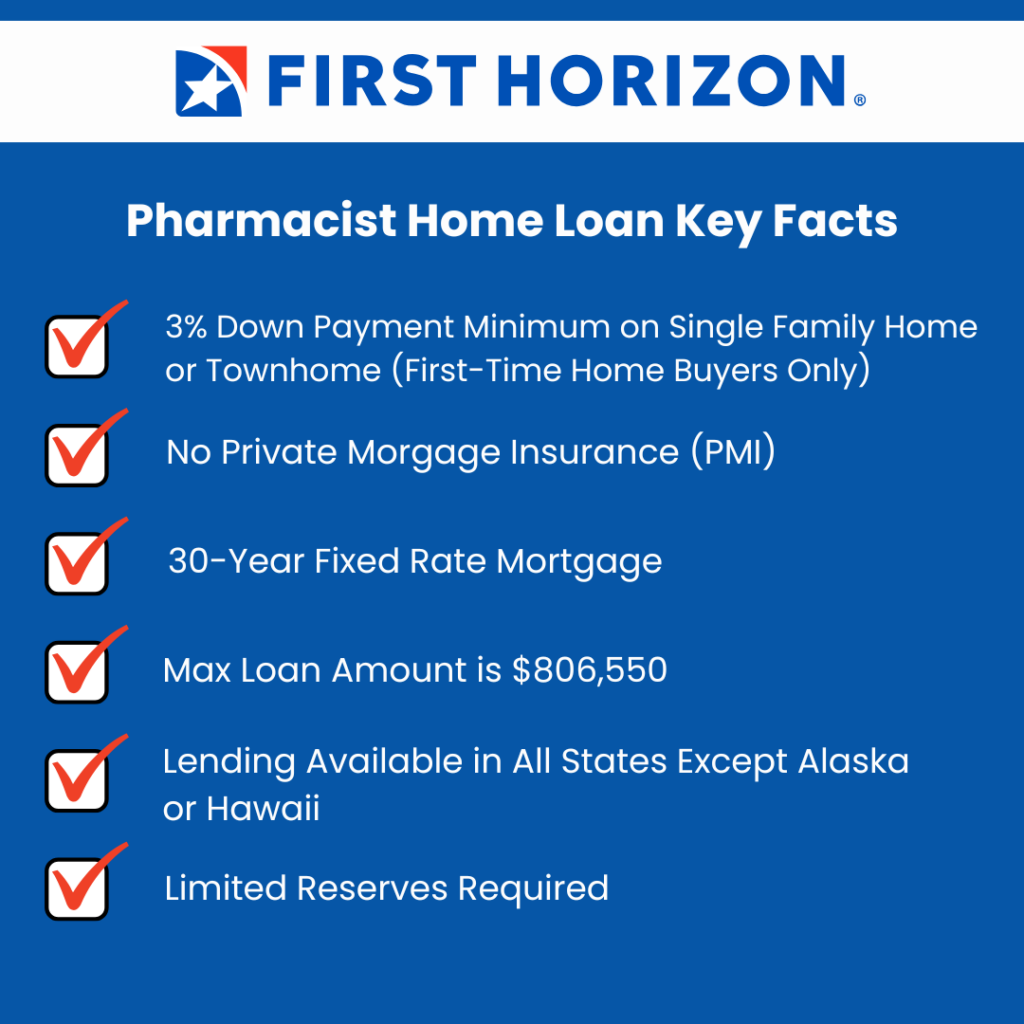
Taking out a mortgage is one of the biggest financial decisions you’re going to make.
Signing up for a monthly payment for 15-30 years is a big commitment so you want to be sure you’re finding the terms and interest rate that’s best for you. Here are some steps to make that happen:
Before you shop around for lenders, you should know what the average rates are at any particular time. These rates change frequently, but having an idea upfront can let you know if what you’re being offered is reasonable.
You can check current primary mortgage rates based on Freddie Mac’s Primary mortgage survey here.
Knowing your budget is key in this process and something you should establish even before getting pre-approved or reviewing mortgage lenders. Otherwise, the lender will often try to set it for you.
Remember, the more debt you take on, the more you will pay in interest and if your monthly mortgage payment takes up a huge chunk of your budget (a situation known as being house poor), it could put a strain on achieving your other financial goals.
Many pharmacists have ended up in bad situations due to being house poor and some have even had to foreclose because they took on too much house.
Rule of 28% and 36%
In general, lenders for conventional loans will follow the rule of 28% and 36% to determine how much to lend you. That means that no more than 28% of your gross income should go to total housing costs and no more than 36% of your gross income should go to all debt payments including total housing costs. But remember, you don’t have to stretch the loan to those limits!
Let’s break these rules down using an average pharmacist income and debt load for a new pharmacy graduate. Let’s assume $125k/year in gross income and $160,000 in student loans with a 6% interest rate and a repayment term of 10 years ($1,775 per month). Using the 28% rule, also known as the front end ratio, your maximum would be calculated as:
28% rule = Max monthly housing expenses
$125,000 x 0.28 = $35,000 per year or $2,916 per month
This means your max total housing costs (Principal, Interest, Taxes, Insurance or PITI) cannot exceed $2,916 per month. (This equates to around a $550,000 house loan for a 30-year term).
Now let’s look at how the 36% rule or back end ratio is determined:
36% rule: = Max monthly gross income going to debt
$125,000 x 0.36 = $45,000 per year or $3,750 per month
Remember, the bank will not extend a loan that requires payments in excess of the 36% rule maximum of $3,750 each month. Since your student loans currently sit at $1,775 per month, your housing allowance would be:
(Maximum Monthly Debt)-(Current Monthly Debt) = Housing Allowance
$3,750 – $1,775 = $1,975
This changes things quite a bit. Your $550,000 home loan was just reduced to about $345,000. And remember this is the maximum the bank thinks you can afford not necessarily what your personal budget can handle.
Now there are some exceptions to these rules. For example, for Federal Housing Association or FHA loans, they use higher limits with a front-end ratio of 31% and a back-end ratio of 43%. Also, a pharmacist mortgage loan may ignore student loan debt when calculating debt-to-income ratios and provide lending if other minimum requirements are met.
Down Payment/PMI
Another thing to keep in mind is your down payment. In order to avoid paying private mortgage insurance (PMI), you will need a 20% down payment for most conventional loans. You may be able to avoid this with a specialized pharmacist home loan and only have to make a very low to no down payment. This will be discussed a little later on.
Essentially, PMI is insurance that protects the lender against individuals who default on their loan and is typically around 0.5-1% of the entire loan amount on an annual basis.
Having to pay PMI means you’ll have a larger mortgage payment ultimately increasing the total cost of the house. If you’re currently paying PMI, typically you can remove once you reach a loan-to-value (LTV) of 80% or more (20% equity in the home) for conventional loans or you refinance.
FHA loans only require a 3.5% down payment but be prepared to pay PMI. For FHA loans, PMI comes in two forms. An up-front mortgage insurance premium (UMIP) typically 1.75% of the loan and an annual mortgage insurance premium (MIP) which is between 0.45%-1.05% of the loan amount.
Unlike conventional loans, the MIP will continue throughout the term of the loan even after an LTV of 80% or more is achieved. The exception is if that if a 10% or more down payment is made, MIP can be removed after 11 years.
Since PMI can substantially increase your monthly mortgage payments and the total cost of your loans, you should try to avoid it if possible.
Check out the mortgage calculator below to see what your estimated monthly payment would be based on your anticipated loan amount, interest rate, term, and other factors.
Earnest Money and Closing Costs
Earnest money is similar to a down payment in that you need the money in hand around the time you make the offer.
Generally, around $500-$1,000, Earnest money serves as proof to the seller that you are serious about the offer you are making and will ultimately go toward the purchase price of the home. Be careful, though, the seller can keep your earnest money if you get cold feet and back out without due cause.
Also, don’t forget about closing costs. Closing costs are fees and payments made to your lender at the time of closing for servicing your loan. Terms like loan-application fee, appraisal fee, title loan search fee, and recording fee are all examples of closing costs.
Some of these fees can be eliminated or reduced by negotiating with your lender.
While the buyer is generally responsible for closing costs since they are the ones getting the loan, you can often negotiate for the seller to cover some of the costs when you make your purchase offer. Either way, plan on closing costs running anywhere from 2-4% of the total loan amount.
Mortgage pre-approval is critical when it comes to putting in offers that sellers take seriously. A letter of pre-approval is basically a promise that a bank or lender will loan you up to a certain amount. It differs from a prequalification because it requires the lender to inspect your income, your credit, your debt, and your overall finances.
Many agents, especially those who operate in competitive markets, will require a pre-approval letter before ever accepting an offer to purchase a home. This protects the seller from accepting offers and taking their homes off the market only to have the deal fall through weeks later because the buyer couldn’t secure financing.
We recommend considering First Horizon, previously IBERIABANK/First Horizon, for pre-approval as they offer lending to pharmacists with as little as 3% down with no PMI. You can learn more under step 4.
If you are not interested in the pharmacist home loan product, you can consider other options.
As mentioned, when you have your pre-approval letter you are more likely to get an offer on your home accepted. Depending on where you obtain your pre-approval they will determine your actual interest rate based on your income, debt, credit history, in addition to the location and value of the home you are financing.
Remember, rates change all the time so don’t be surprised if there was a shift in rates between getting pre-approved and getting an offer accepted.
The other big factor that will determine your rate is the loan term and type of product. For conventional loans you will generally come across a 15 year or 30 year fixed rate mortgage. With these, your monthly payments will be consistent throughout the loan term.
15-year fixed mortgages will generally have lower interest rates but your payment will be much larger and could strain your budget depending on the loan amount.
The other common home loan product is an ARM or Adjustable Rate Mortgage. These come in many flavors such as a 5/1 ARM where your payments are fixed for 5 years and then change to adjustable or variable based on market fluctuation.
Although these can have attractive initial rates, the major downside with ARMs is that interest rates can balloon and significantly increase your monthly payments. This is what has lead many people into dire financial situations with not being able to make their payments ultimately having to do a short sale or foreclosure.
You may also come across a “doctor” or pharmacist home loan option. Pharmacist home loans have generally been marketed to physicians and other healthcare professionals. Unlike conventional and other loan types, such as FHA or VA, pharmacist home loan options typically require little to no down payment and use a lower factor for student loan debt when calculating a debt-to-income ratio.
One of the biggest benefits is that they generally do not have PMI. While these may seem very attractive, many of these loans require better credit scores or carry a higher interest payment. So you will want to compare your rate with current market rates and other lenders.
One of the lenders that offer a program for pharmacists is First Horizon. Through their professional mortgage loan product, medical professionals, including pharmacists, are eligible for a 30-year fixed-rate mortgage with a minimum down payment of 3% (for first-time home buyers only). There is no PMI or additional fees outside of closing costs and they can lend in all states except for Alaska and Hawaii.
Requirements include a minimum credit score of 700, being a licensed pharmacist, and one of the borrowers on the loan must be a first-time home buyer. The maximum loan is $806,550, however, that amount could be higher for high-cost-of-living areas. For those who are not first-time home buyers, you will need at least 5% down to avoid PMI.
The other requirement for the 3% down loan is that the property must be a single-family home, townhome, or condo. Multi-family properties do not qualify. However, if you are looking to house hack and want to avoid PMI, through First Horizon you will need 15% down on a duplex or two-unit property and 20% down for a 3-4 unit property.
To learn more about qualifying for the loan program and to get pre-approval, you can reach out to Tony Umholtz, the mortgage manager on the First Horizon team.
One thing to keep in mind if you are going to go with a low down payment such as 3%, is your starting equity position. If there is a significant change in the housing market and you have a low equity position, the balance of the loan could be greater than what the home is currently worth, a situation known as being upside down.
If you plan on living in the home for many years and have a stable income, then it’s probably not going to be a big deal. However, if you have to move because of a job, family, or other reasons, then you would be facing a tough position.

5. Choose a Lender and Complete the Application
Once you’ve chosen a lender and rate/term that works best for you, you will be required to verify your identity and income when you apply. Documents you will likely be required to provide include:
Once you’ve uploaded your documents directly online and your application is approved, then it’s time to close on the loan!